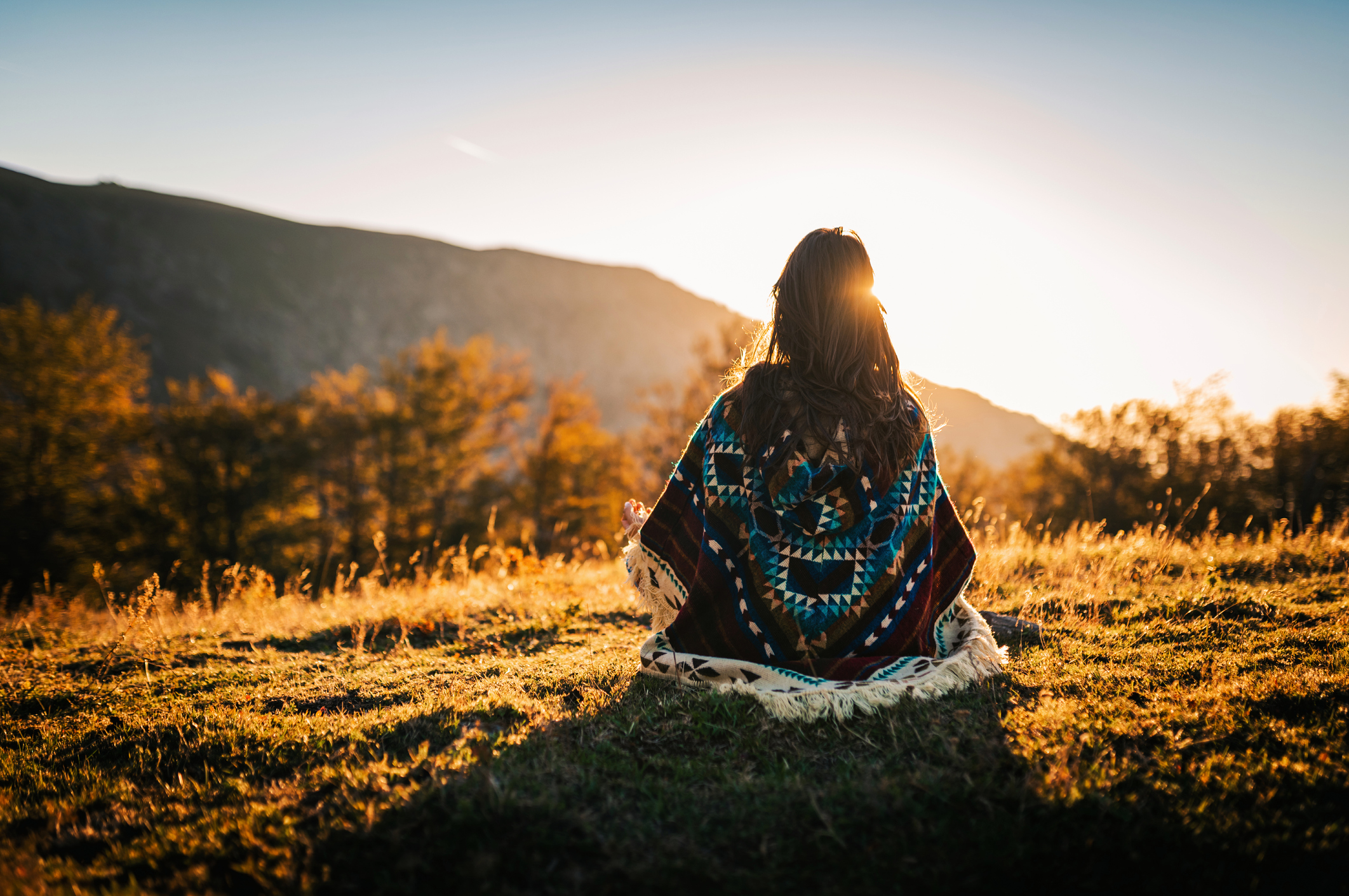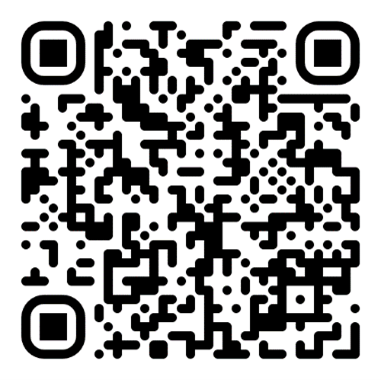2024 Land Acknowledgement Statement
The American Academy of Pediatrics (AAP) would like to acknowledge the ancestral homelands of the Miccosukee, Seminole, and Timucuan peoples. We acknowledge the painful history of genocide and forced removal of Indigenous people from this territory. We realize these nations ceded significant portions of their land, forming present-day Orlando, FL, in inequitable and unfair treaties with the U.S. government.
We honor and pay respect to the Elders, past and present, and future leaders. We recognize and advocate for the sovereignty of the Native nations in this territory and beyond.
The AAP remains committed to fostering relationships with Indigenous-led organizations, supporting training pathways to pediatrics for American Indian and Alaska Native (AI/AN) students, and striving to improve the health of AI/AN children, youth, and adolescents.
Pronunciations
- Miccosukee is pronounced “Mik-ko-SOO-kee
- Seminole is pronounced “SEM-uh-nohl”
- Timucuan is pronounced “tim-uh-KWAN”
This Land acknowledgment alone is not enough. It becomes meaningful when coupled with authentic relationships and informed action. Listed below are some educational resources for further edification as well as some Indigenous-led initiatives and organizations for AAP members and conference attendees inspired to take action or support.

RESOURCES
Websites on the Indigenous History of Orlando, FL
Take Action – Donate/Support
AAP Committee on Native American Child Health (CONACH)
The Committee on Native American Child Health was established in 1965. CONACH offers expertise to individuals and groups concerned about the issues facing American Indian/Alaska Native (AI/AN) children. Committee members maintain contact with Tribal, Urban, and Indian Health Service (IHS) programs, and keep up with important changes, legislation, and regulations that affect Native American health in general (e.g., the Indian Self Determination and Education Act) and Native American child health (e.g., Indian Child Welfare Act) in particular. The committee also aims to include aspiring and interested Indigenous or non-Indigenous medical students and residents, who intend to dedicate some/all of their careers to Native American child health, in their initiatives. Your donation can help support opportunities, for medical students and trainees, that prepare them for future careers in Native American child health.
A Place to learn, A place to remember
The Ah-Tah-Thi-Ki Museum is home to more than 200,000 works of art and historic objects. Come and learn about the Seminole people and experience their rich cultural and historical ties to the Southeast and Florida, as they have made Big Cypress their home since creation.
Our foundation preserves, promotes and enhances Jacksonville’s natural areas through community engagement, education and enjoyment.

Official AAP CONACH Partner Organizations
Center for Native American Youth (CNAY) at the Aspen Institute
A national education and advocacy organization that works alongside Native youth—ages 24 and under—on reservations, in rural villages and urban spaces across the country to improve their health, safety, and overall well- being.
National Indian Child Welfare Association (NICWA)
NICWA works to support the safety, health, and spiritual strength of American Indian and Alaska Native children along the broad continuum of their lives. They support tribes in building the capacity to prevent child abuse and neglect through positive systems change at the state, federal, and tribal levels.
National Council of Urban Indian Health (NCUIH)
NCUIH serves as a resource center for individuals and organizations dedicated to improving the health of American Indians and Alaska Natives living in urban areas. NCUIH provides advocacy, education, technical assistance, training, leadership, and connections to Urban Indian Organizations and others who share our important mission.
National Indian Health Board (NIHB)
NIHB represents Tribal governments—both those that operate their own health care delivery systems through contracting and compacting, and those receiving health care directly from the Indian Health Service (IHS). This non-profit organization provides a variety of services to tribes, Area Health Boards, Tribal organizations, federal agencies, and private foundations.
Explore more resources…
Native Land Digital strives to create and foster conversations about the history of colonialism, Indigenous ways of knowing, and settler-Indigenous relations, through educational resources such as their map and Territory Acknowledgement Guide.
Smithsonian National Museum of the American Indian
A museum in the United States devoted to the culture of the indigenous peoples of the Americas. It is part of the Smithsonian Institution group of museums and research centers. The museum has three facilities.
We are a Federally Recognized Indian Tribe. The only Tribe in America who never signed a peace treaty.
AAP Land Acknowledgement Protocol Workgroup
As part of the Academy’s journey to achieving justice and equity for all children, the AAP convened an internal staff workgroup to develop the Academy’s protocol for Indigenous land acknowledgement at AAP headquarters, meetings, and events. The workgroup includes staff from the following departments:
- Chief Health Equity Officer Administration
- Development
- Education
- Human Resources & Corporate Services
- Membership, Marketing, & Publishing
- Primary Care & Subspecialty Pediatrics
The protocol will be crafted via a collaborative process with the AAP Committee on Native American Child Health and the local Native nations of what is present day Itasca, IL. The AAP Equity Agenda is guiding the journey of this workgroup. This work is ongoing and will likely evolve as we continue our learning and dialogue with Indigenous partners. During this process, the Academy will continue its efforts to improve Native American child health through policy, advocacy, and education.
